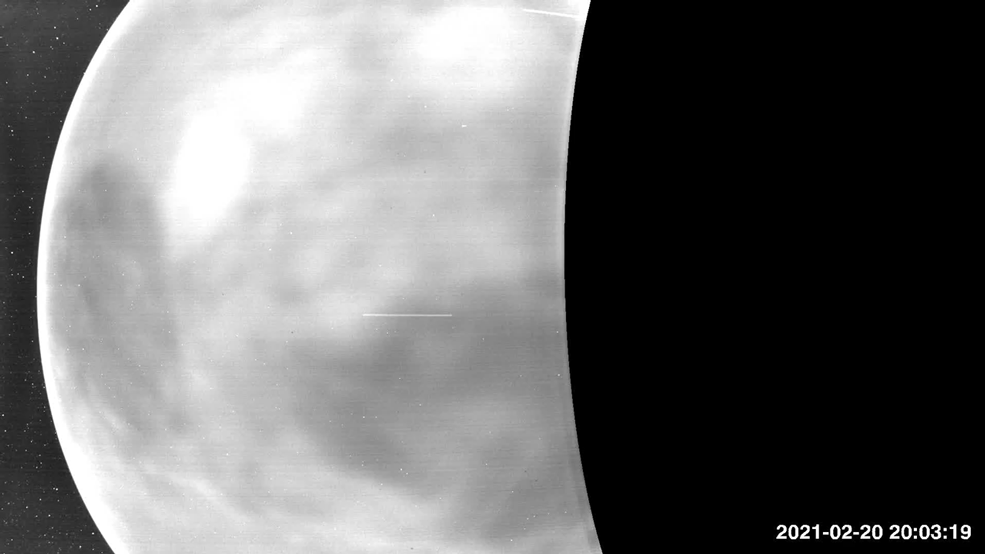Concorde ✈️ and the speed of light 🌠
- Lauren Lewis

- Jul 31, 2022
- 2 min read
Updated: Aug 9, 2022
This is Concorde, the fastest commercial aeroplane ever built. When it was operational, a typical flight time from London to New York was less than three and a half hours, meaning you could set off at 11am in London, and arrive by 9:30am in New York!
But with a cruising speed of 2,160 kilometres per hour (more than two times faster than the speed of sound), Concorde was only reaching 0.0002% the speed of light!
The speed of light can't ever be reached, by anything other than light itself (or any other massless particle). So how close have we got?
Well, NASA's Solar Parker Probe currently holds the top speed record, orbiting our Sun at a whopping 586,800 kilometres per hour. It should get faster too! With a few helpful gravity-assisting "slingshots" from Venus, it should reach 690,000 kilometres per hour by the end of 2025.
But that's still less than 0.07% the speed of light... Can we really not do any better?
Actually, yes we can. The folks at CERN are accelerating subatomic particles in huge circuits under the ground. Slingshotted from one ring to another, these particles get faster and faster and faster, until they reach 99.999 999% the speed of light.
The key to why these particles can get so much faster than anything else we've made is that they weigh almost nothing. Therefore, they take a lot less energy to accelerate!
Even still, CERN has a mean feat accelerating these particles up to the speeds that they do. This is because, weirdly (as Einstein's theory of special relativity explains), the faster any object with mass moves, the "heavier" it gets. In fact, as you approach the speed of light, your mass becomes infinite and it becomes impossible to accelerate any further.
Therefore, no matter how hard any of us try, we will probably never come anywhere close to the speed of light 😢.
For image credits, please see the image credits tab










Comments